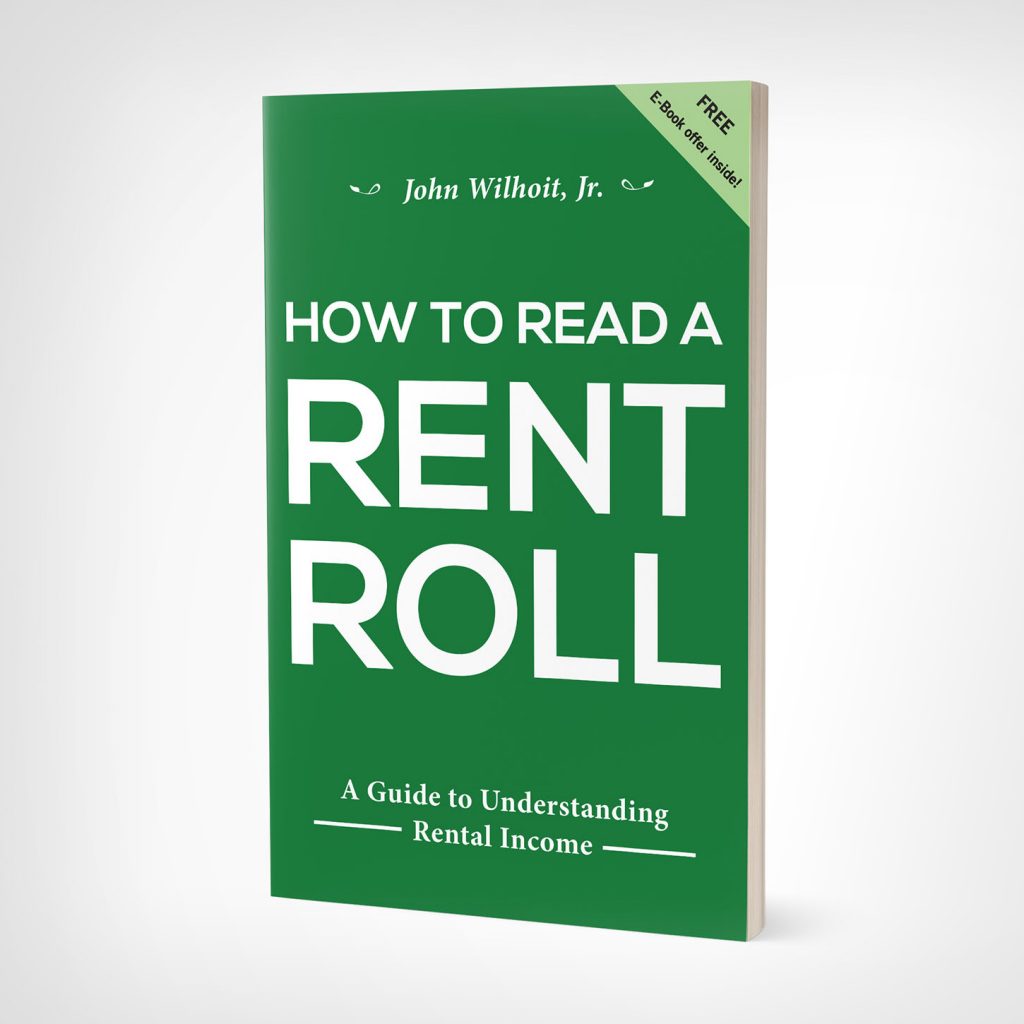When someone says, “look at the rent roll,” that statement doesn’t include much guidance about what to do next. For example, are they suggesting a review of rental income, lease terms, or vacancy? Be sure to check the additional resources below before diving into the rent roll analysis. Each offers a different lens on using the information presented in a rent-roll.
What makes this informational piece of financial data so important? Why devote any time at all to its review and study? Because the rent roll represents a roadmap to the financial stability of a rental property asset.
At its core, the rent roll represents the contractual rental revenue expected from in-place leases.
If you get nothing else out of reading this, remember that rent roll holds the "keys to the kingdom" in this one very important aspect - the rent roll tell you the velocity of turnover. Why is turnover important? Because the higher the turnover the greater the burn rate on cash in the normal course of business.
It's a simple business principle: when you use more of a product to generate revenue ,(whether it's soap, soup or electricity) this "expense" drags on gross profit margins. This is what happens when a rental property has more turnover, versus less turnover. If a 50-unit apartment property has only ten move-outs all year that means the owner is having to repair, re-market and re-populate a tenant into 20% of the total number of units and pay for the costs of those turns. If this number is 40%, then turnover is occurring at 20 of 50 units.
The average turnover in market rate apartments is almost 50% per year. As much as you can build this expense into your business, reducing turnover can have a significant positive effect on cash flow. How do you track turnover? With the rent roll. It's important to know turnover before you buy an asset, as an operator and also as a positive selling point if you've kept turnover lower during ownership.
A rent roll is a snapshot of rents due for the period reflected in signed and valid leases.
The rent roll report is a "roll-up" of the rental revenue owed by tenants to a property owner for a set period of usage, usually a month or a year. Lease terms are often for one year or longer, with rent due in equal monthly installments. The rent roll is a "snapshot" in time of projected revenue generations from rents; however, the rent roll report can also show history and projections for monthly installments as leases end or renew over time.
Read more about what defines a rent roll, how to generate a rent roll, and how to reduce financial risk by knowing how to read a rent roll here in What is a Rent Roll?

The purpose of a rent roll is to act as a record of rental revenue based on valid in–force leases.
It's important for the rent roll to be accurate as it is a record of rental revenue from the payment history of the residents. The rent roll reports the amount of income you can anticipate for a given period, usually a month. The rent roll's further reach conveys the stability, quality, and longevity of projected income in black and white. Read more about how to understand a rent roll, when to use rent roll to make decisions, and the importance of using accurate numbers in your rent roll report here in Purpose of the Rent Roll and Measuring Rent Growth.
Consider revenue recognition as a core deliverable of rent roll analysis. The essence of the document is to present an underlying validity to the decisions made based on the representations in the rent roll. If there is no faith in the rent roll delivered for consideration, then there is no reason to devote any time to a further review the asset.
